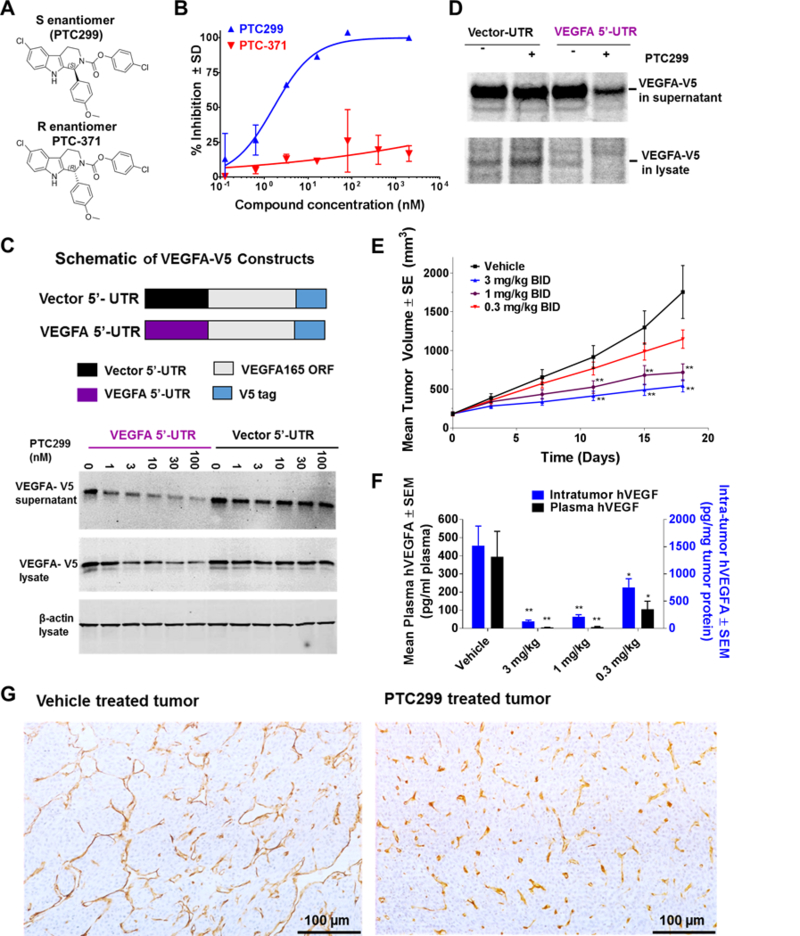Figure 1. Structure, biological activity and stereoselectivity of PTC299.

(A) Chemical structure of PTC299, the 1S configuration and the inactive R enantiomer, PTC-371. (B) PTC299 inhibits hypoxia-induced VEGFA expression in HeLa cells. Results are expressed as the percent inhibition of hypoxia induced VEGFA production relative to vehicle-treated controls. Hypoxia (1% oxygen) induced VEGFA production is measured by subtracting the VEGFA produced under normoxic conditions (21% oxygen) from the levels of VEGFA produced under hypoxia. Data are mean ± SD from a representative study (n = 3). (C) The VEGFA 5’-UTR is required for PTC299 inhibition of a V5-tagged VEGFA165 protein production. HT1080 cells were stably transfected with the constructs shown in the diagrams on the top of the graph. The culture supernatant and cell lysates were collected for western blot after treatment with PTC299 or 0.5% DMSO control for 36 hours. (D) PTC299 selectively inhibits production of pulse 35S labeled VEGFA. The VEGFA-V5 stable cell lines were treated with PTC299 (100 nM) for 8 hours and then pulsed/chased with 35S-radiolabled methionine and cysteine for 4 hours prior to immunoprecipitation with V5 antibody. (E) PTC299 dose-dependently inhibits HT1080 tumor growth in mice. Values represent the average ± SEM of 10 mice per group. Compound or vehicle was orally administered twice daily (BID) as indicated in the graph. ** p < 0.001, One-way ANOVA test. (F) PTC299 reduces intra-tumor and serum levels of human VEGFA. Values represent the average ± SEM of 10 mice. One-way ANOVA test compared to vehicle, * indicates p < 0.05, ** p < 0.001. (G) PTC299 inhibits tumor angiogenesis, tumor sections were stained with anti-CD31 antibody.
